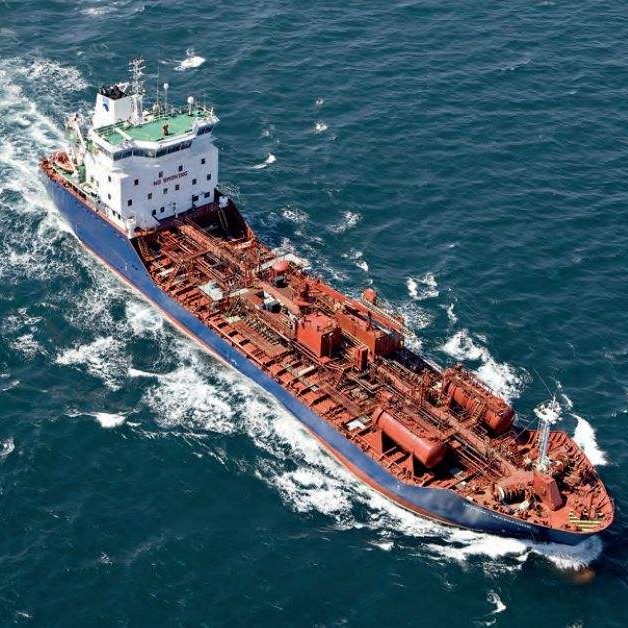
-
 Afrikaans
Afrikaans -
 Albanian
Albanian -
 Amharic
Amharic -
 Arabic
Arabic -
 Armenian
Armenian -
 Azerbaijani
Azerbaijani -
 Basque
Basque -
 Belarusian
Belarusian -
 Bengali
Bengali -
 Bosnian
Bosnian -
 Bulgarian
Bulgarian -
 Catalan
Catalan -
 Cebuano
Cebuano -
 China
China -
 China (Taiwan)
China (Taiwan) -
 Corsican
Corsican -
 Croatian
Croatian -
 Czech
Czech -
 Danish
Danish -
 Dutch
Dutch -
 English
English -
 Esperanto
Esperanto -
 Estonian
Estonian -
 Finnish
Finnish -
 French
French -
 Frisian
Frisian -
 Galician
Galician -
 Georgian
Georgian -
 German
German -
 Greek
Greek -
 Gujarati
Gujarati -
 Haitian Creole
Haitian Creole -
 hausa
hausa -
 hawaiian
hawaiian -
 Hebrew
Hebrew -
 Hindi
Hindi -
 Miao
Miao -
 Hungarian
Hungarian -
 Icelandic
Icelandic -
 igbo
igbo -
 Indonesian
Indonesian -
 irish
irish -
 Italian
Italian -
 Japanese
Japanese -
 Javanese
Javanese -
 Kannada
Kannada -
 kazakh
kazakh -
 Khmer
Khmer -
 Rwandese
Rwandese -
 Korean
Korean -
 Kurdish
Kurdish -
 Kyrgyz
Kyrgyz -
 Lao
Lao -
 Latin
Latin -
 Latvian
Latvian -
 Lithuanian
Lithuanian -
 Luxembourgish
Luxembourgish -
 Macedonian
Macedonian -
 Malgashi
Malgashi -
 Malay
Malay -
 Malayalam
Malayalam -
 Maltese
Maltese -
 Maori
Maori -
 Marathi
Marathi -
 Mongolian
Mongolian -
 Myanmar
Myanmar -
 Nepali
Nepali -
 Norwegian
Norwegian -
 Norwegian
Norwegian -
 Occitan
Occitan -
 Pashto
Pashto -
 Persian
Persian -
 Polish
Polish -
 Portuguese
Portuguese -
 Punjabi
Punjabi -
 Romanian
Romanian -
 Russian
Russian -
 Samoan
Samoan -
 Scottish Gaelic
Scottish Gaelic -
 Serbian
Serbian -
 Sesotho
Sesotho -
 Shona
Shona -
 Sindhi
Sindhi -
 Sinhala
Sinhala -
 Slovak
Slovak -
 Slovenian
Slovenian -
 Somali
Somali -
 Spanish
Spanish -
 Sundanese
Sundanese -
 Swahili
Swahili -
 Swedish
Swedish -
 Tagalog
Tagalog -
 Tajik
Tajik -
 Tamil
Tamil -
 Tatar
Tatar -
 Telugu
Telugu -
 Thai
Thai -
 Turkish
Turkish -
 Turkmen
Turkmen -
 Ukrainian
Ukrainian -
 Urdu
Urdu -
 Uighur
Uighur -
 Uzbek
Uzbek -
 Vietnamese
Vietnamese -
 Welsh
Welsh -
 Bantu
Bantu -
 Yiddish
Yiddish -
 Yoruba
Yoruba -
 Zulu
Zulu
Exploring the Benefits and Features of FRP Tanks for Various Applications
Exploring the Advantages of FRP Tanks
In recent years, the demand for advanced materials in various industries has surged, leading to innovative solutions for storage and containment needs. Among these innovations, Fiber Reinforced Polymer (FRP) tanks have emerged as a prominent choice for many applications, owing to their unique properties and benefits. This article explores the advantages of FRP tanks, their applications, and why they are becoming increasingly popular in various sectors.
FRP tanks are constructed from a composite material that includes a polymer matrix reinforced with fibers, typically glass, carbon, or aramid. This combination results in a lightweight yet incredibly strong material that exhibits exceptional durability and resistance to corrosion. One of the primary advantages of FRP tanks is their ability to withstand harsh chemical environments. Unlike traditional metal tanks, which are susceptible to rust and corrosion over time, FRP tanks maintain their integrity even when exposed to aggressive chemicals such as acids, bases, and solvents. This makes them an ideal solution for industries like chemical processing, wastewater treatment, and oil storage, where such conditions are prevalent.
Exploring the Advantages of FRP Tanks
Another benefit of FRP tanks is their resistance to environmental factors. They are not only highly resistant to corrosion but also perform well against temperature fluctuations and UV radiation. This resilience makes them suitable for outdoor applications where exposure to sun and varying weather conditions can impact the structural integrity of traditional materials. Furthermore, FRP tanks can be designed to meet specific insulation requirements, making them suitable for applications where temperature control is critical, such as in food and beverage processing.
frp tank

The production process of FRP tanks also allows for customization to meet specific client needs. Manufacturers can tailor the size, shape, and internal linings of FRP tanks, ensuring that they meet the exact specifications required for various applications. This level of customization is often difficult to achieve with traditional tank materials, offering businesses a versatile solution that can adapt to their unique operational requirements.
In addition to their structural advantages, FRP tanks also promote sustainability. They are often made from recycled materials, contributing to reduced waste and environmental impact. Moreover, their long lifespan means that they do not need to be replaced as frequently as metal tanks, further reducing the environmental footprint associated with manufacturing and disposal.
Safety is another crucial consideration in the design of FRP tanks. The non-toxic nature of the materials used in their production makes them safer for storing food and beverages. Furthermore, their resistance to leakage and spills minimizes the risk of environmental contamination, addressing concerns related to hazardous materials.
In conclusion, FRP tanks represent a significant advancement in storage solutions across various industries. Their superior properties, such as corrosion resistance, lightweight nature, customization capabilities, and environmental sustainability, make them an attractive option for businesses seeking reliable and efficient containment solutions. As industries continue to evolve and seek innovative ways to improve their operations, the adoption of FRP tanks is likely to increase, paving the way for a more sustainable and safe future in storage technology.
Latest news
-
Exploring the Benefits of Top Hammer Drifter Rods for Enhanced Drilling PerformanceNewsJun.10,2025
-
High-Precision Fiberglass Winding Machine for GRP/FRP Pipe Production – Reliable & Efficient SolutionsNewsJun.10,2025
-
FRP Pipes & Fittings for Shipbuilding - Corrosion-Resistant & LightweightNewsJun.09,2025
-
Premium FRP Flooring Solutions Durable & Slip-ResistantNewsJun.09,2025
-
Premium Fiberglass Rectangular Tanks Durable & Lightweight SolutionNewsJun.09,2025
-
Tapered Drill String Design Guide Durable Performance & UsesNewsJun.09,2025









